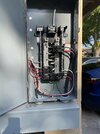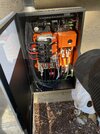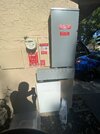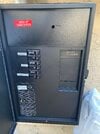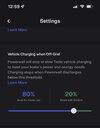I have solar and 3 power walls. I want to add a wall charger. There is no space in the gateway but there is room in the sub panel that houses the breakers for the power walls.
Can I add my wall charger in the battery sub panel?
If I add the wall charger to the battery sub panel can I still charge with grid electricity if I don’t want to use the batteries?
If I charge from the batteries (2 power walls plus and one power wall 2) do they all discharge simultaneously and provide more amps (for a faster charge) than a single powerwall or do they discharge one at a time at 21 amps?
Thanks for reading/helping!
Can I add my wall charger in the battery sub panel?
If I add the wall charger to the battery sub panel can I still charge with grid electricity if I don’t want to use the batteries?
If I charge from the batteries (2 power walls plus and one power wall 2) do they all discharge simultaneously and provide more amps (for a faster charge) than a single powerwall or do they discharge one at a time at 21 amps?
Thanks for reading/helping!



